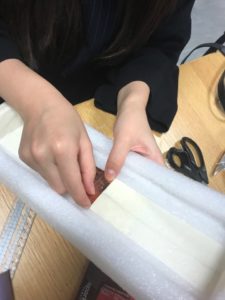The first time I ever encountered the word ‘Interactive Media’ was during my Candidate Weekend. I was at the Farewell Dinner at Park Hyatt and Pierre came and sat at my table because all the other tables were full. While having dinner, he talked about how the style of writing has changed as what people read changed (Twitter, Facebook etc.) and many other things that I found so fascinating at the time despite the absence of speaking on our – all the candidates at the table – side other than the ‘deeply-considered “Yup”‘. Although I don’t remember a lot of the things that were said that night, I remember deciding that I want to take a course in IM if I get in.
The reading made me really nod when the writer mentioned that people often mistake reaction for interaction because I am/was definitely one of them. The example of plays especially talked to me because I have a high school friend who now studies acting at Tisch. She used to tell me all the time how acting is an interactive process – it’s a process in which the actors and the audience breathe and perform together. I never dared to argue with her but still sometimes wondered how interactive it actually is. Not to put her down or prove her wrong, but now when she gives me the same lecture again, I can smile to myself as I now know that this smart person who wrote a book on interactivity has asked the same question.


